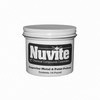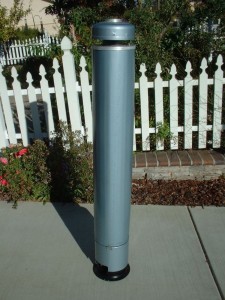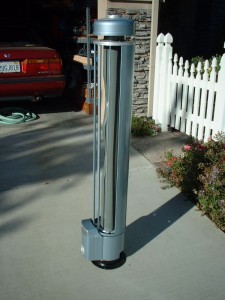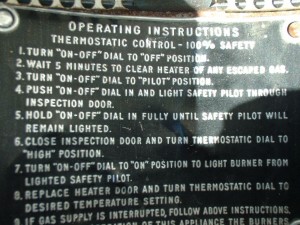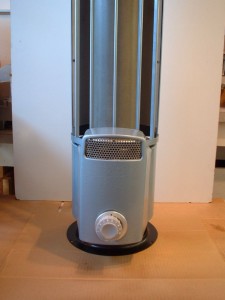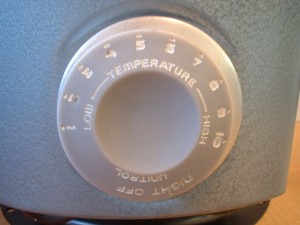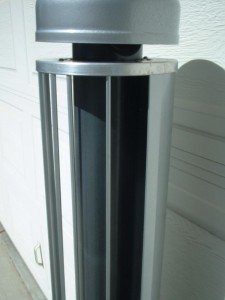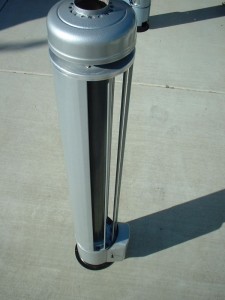The tall cylindrical Panel Ray heaters were produced in the late 1940’s to late 1950’s by the Day & Night Corporation and its licensee Marsh Corp, and was used by the manufactures of all trailer types. I picked up 5 of these over the years, and restored them for resale. While I don’t do this anymore, you can restore yours with the right materials, methods and basic technical skills. The one thing I must caution, is that the Panel-Ray uses interior air for combustion. You must open a window when you use an older heater, just as you would for a stove or oven. Modern heaters from the late 1950’s and on use air ducted from the outside for the combustion air. Using one of these is much like using your stove top to heat the trailer!
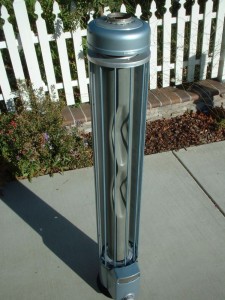
Restoration Details
Each unit was completely disassembled, the paint stripped and sandblasted as required and then repainted with the correct bluish gray hammertone finish (available from Rustoleum in spray cans!). The LPG control valve, pilot assy and burner were disassembled & cleaned of rust and old LPG goo. Be careful of the internal diaphragms, they are the one irreplaceable component. The O-rings can be sourced at a hardware store if needed. All rust and obstructions were cleaned from the burner flue and baffle. It is best to adjust and operate the burner/valve assy on your workbench using a BBQ propane tank and regulator before putting back into the heater. Thermocouples are available at appliance parts stores. You can test yours by putting your thumb over the end of the tubing and heat the bulb with a torch. If it creates pressure, it is most likely OK. What is interesting about the 5 units I did is that each one used a different manufacture or model of control valve: General, Robertshaw & Unitrol. You might be able to find adaptable parts such as knobs, tubing and pilot assys at appliance part stores. Controls used on older hot water heaters are the closest in function and construction.
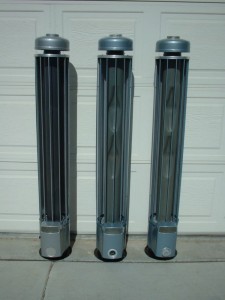
3 different styles of the same heater ^

Bulb type thermocouple ^
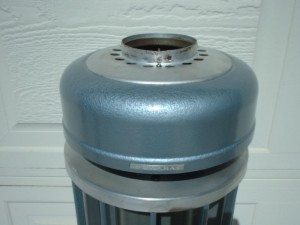
^ 3″ vent exhaust (up through roof)
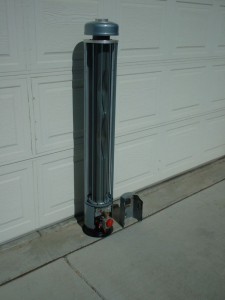
The top vent cap interfaces with standard household 3″ gas hot water heater ducting, fittings and caps that are still available at home centers and hardware stores. The gas connection is a standard LPG 5/8″ flare nut fitting. Rated at 16,500 BTU’s, it is ideal sized for trailers. These older heaters are safe when used with the respect any gas appliance deserves. These Panel Rays use inside air for combustion, so a window needs to be left open for replacement air to come in. The burner is vented out the top port.
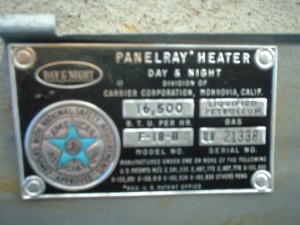
^ Day & Night division of the Carrier Corp made the Panel Ray in Monrovia, California
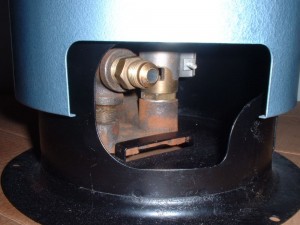
^ 5/8″ LPG gas fitting, no electrical required
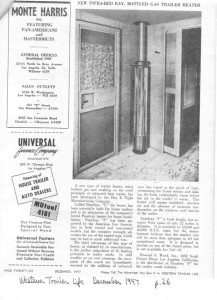
^ Original ad from Dec. 1947 Western Trailer for an earlier version of the Panel Ray (courtesy of Fred Coldwell)
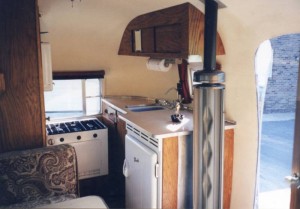
^ Another example of a Panel Ray Installation in a 1954 Safari
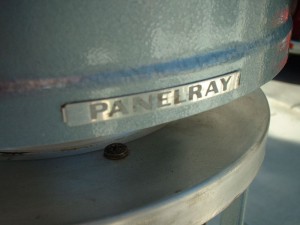
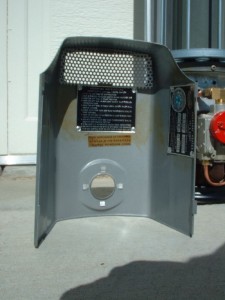
^ The detachable shroud of a Panel-Ray
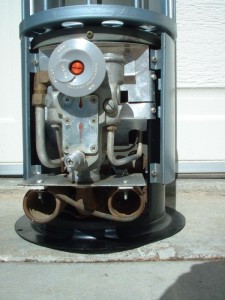
Pilot/Burner assembly.^ Gas comes in the bottom fitting, the burner tube on the left, the pilot tube and pilot thermocouple tubes are on the right, and the temp control thermocouple is the big coils on the bottom, which worked really well. As the heater drew in air to burn, it went across these coils, sensing the room air very well.
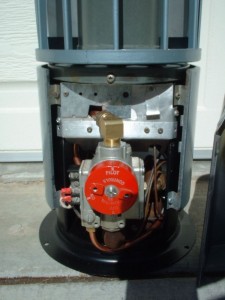
Another Pilot/Burner assembly. This one relied on an external millivolt thermostat on the wall. The burner tube goes out the top, the pilot the lower left, and the pilot thermocouple on the right. The pilot is lit through the little swivel door to the right of the burner tube.^
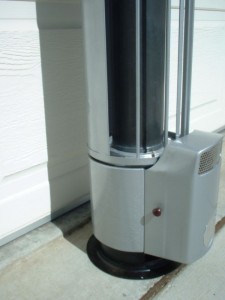
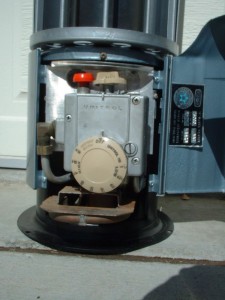
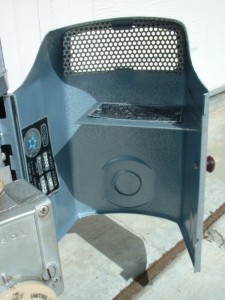
^ This look alike, licensed by Day & Night to Marsh Industries of Texas, used a Unitrol Hot water heater control which was accessed by opening the lower hinged shroud with the little Bakelite knob





